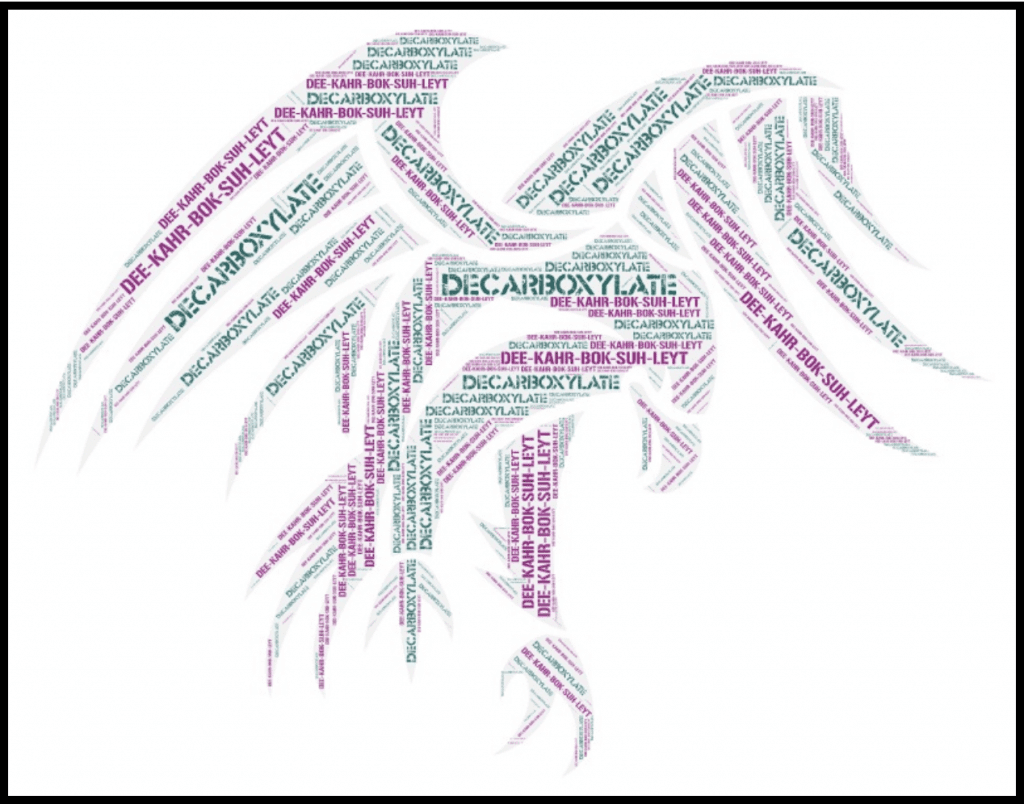Dockside’s Canna Lexicon: Decarboxylation
DECARBOXYLATION – The act of removing the carboxyl group from an organic compound, in this case THCA.…WHAT DOES THAT MEAN?!?
When you look at a fresh little bud, you know that it’s filled with stone-y goodness… but ACTUALLY, it’s not really, truly stone-y until you apply HEAT to it. You see, cannabis produces the molecule THCA, which is a precursor for THC. THCA is a little bit like a Phoenix (the Mythical Bird): the THCA molecule has a glorious tail (again, like the Phoenix) that is composed of an oxygen atom bonded to a hydrogen atom, also known as a carboxyl group. THCA is non-psychoactive, so what causes the chemical transition? It’s fire! Releasing the carboxyl tail group by applying heat/fire allows THCA to convert into the shiny, psychoactive badass THC we all know and love.
Hey, hey, hey, most of us decarboxylate weed everyday! When you roast a bowl, the flame from your lighter (or heat from your vaporizer) provides the necessary elements to jump-start the decarboxylation process. Decarboxylation is also often colloquially referred to as ‘decarbing’. Fun fact: the process of decarbing is also how edibles get their mojo!
You can learn a little bit more about the magic of decarbing by checking out some of our older blog posts! We have one on infusing coconut oil here, and more science behind the process of transitioning THCA to THC here!
